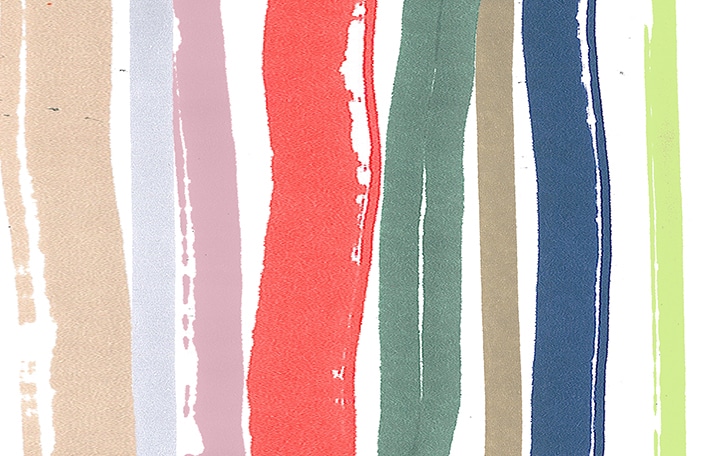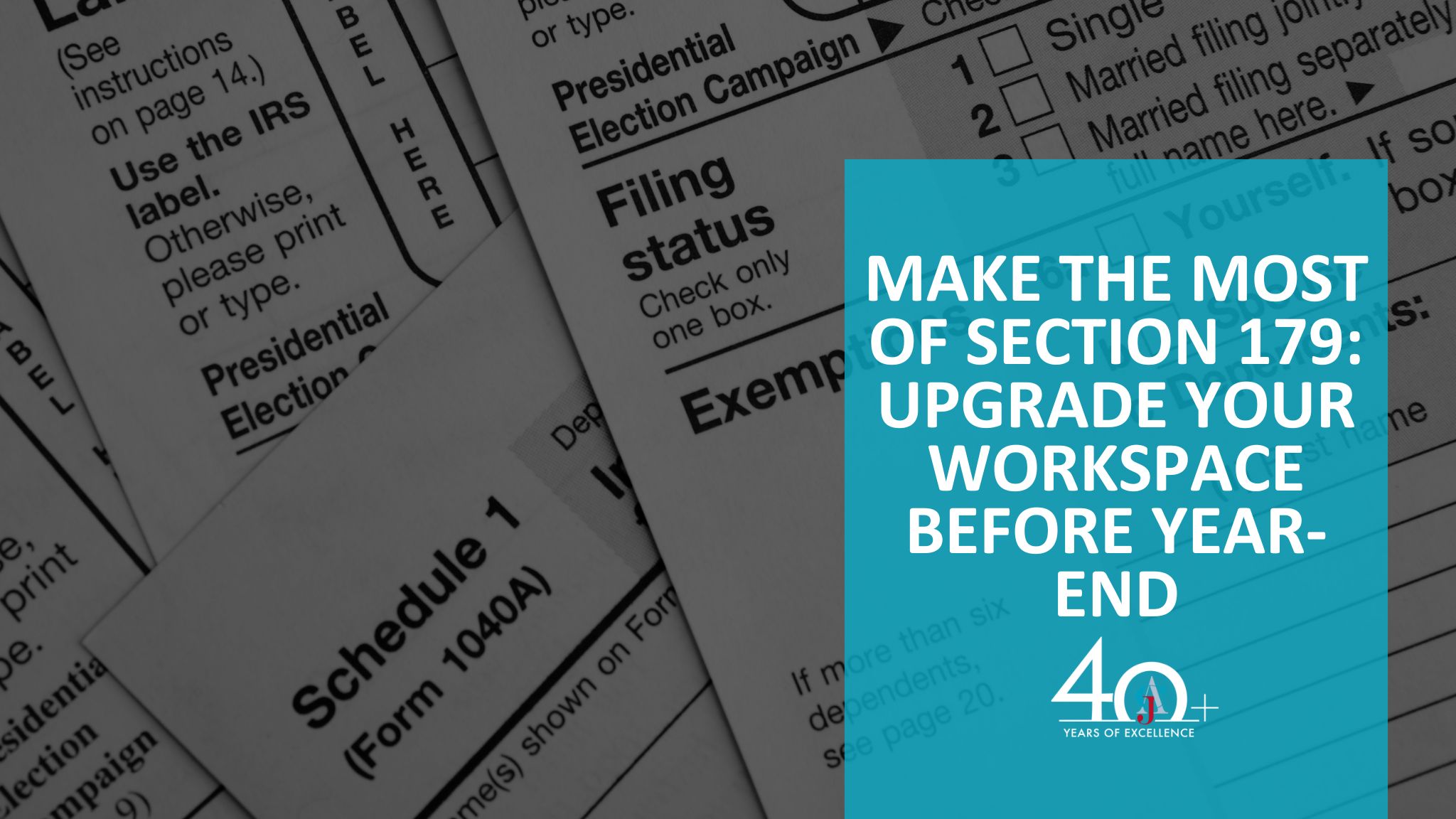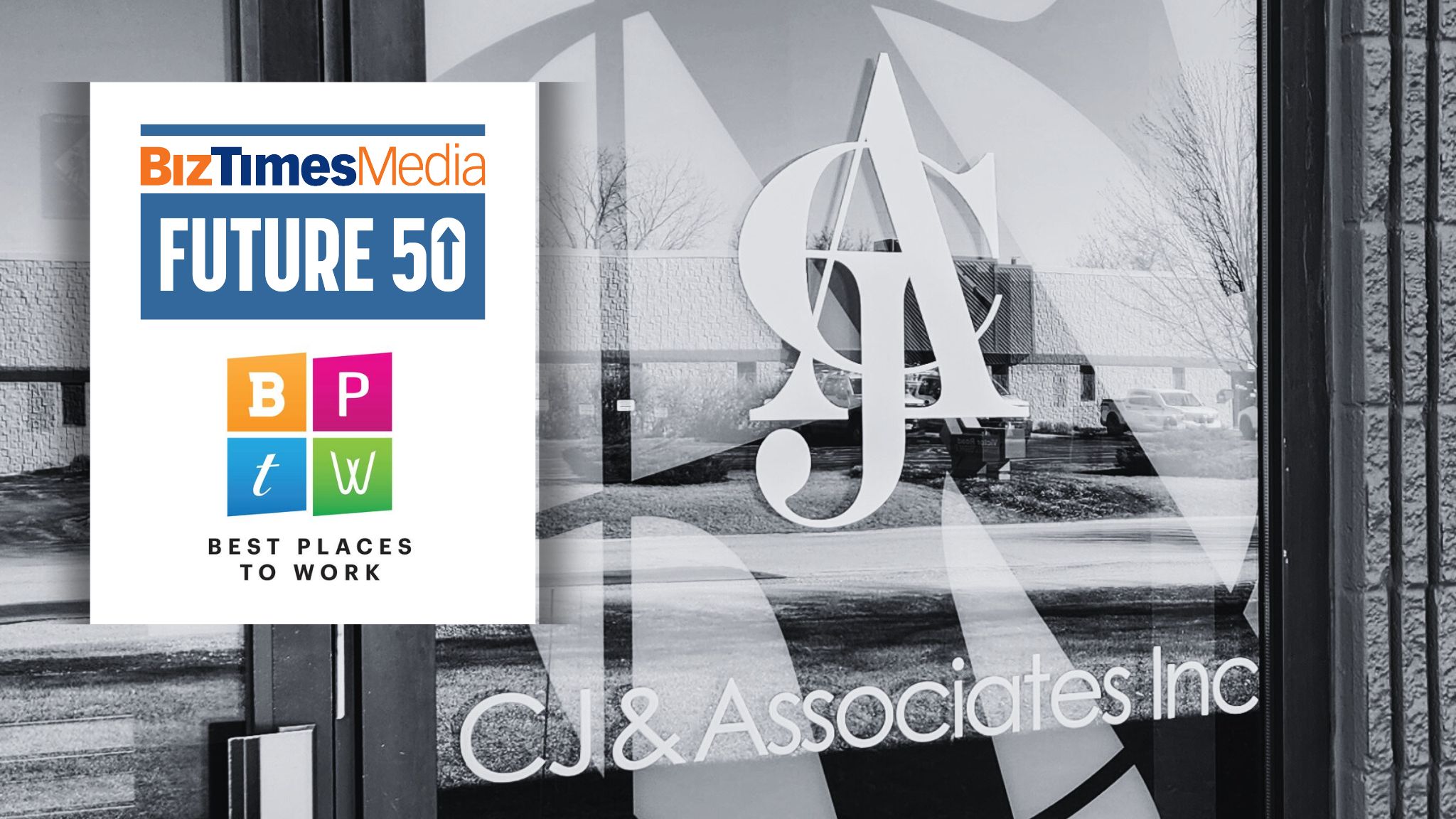As designers, there are many things that factor into our work, from material pricing to texture, durability, style and pattern of the various products. We can apply finish materials to floors, walls and ceilings, as well as the individual furniture pieces that fill the spaces we design. However, probably the first thing that catches our eye or steers us down a specific path is the color of the material, be it a fabric, carpet, wallcovering, paint, laminate or anything else we’ll be including in our design. Even the color of the lighting will be considered.
Warm AND Cool
There are thousands of colors to choose from, and how we combine these colors together is one of the most basic facets of our design work. We can start with a cool color palette or warm it up by adding in some natural tones, or even combine them together as we’re becoming more accustomed to in modern design. This combination of warm and cool colors is just one trend we follow, and like many other fashion trends, these various combinations of colors steer us to just the right solution for our various projects. Color Trends are something we see in almost every field that has designers involved, be it clothing, cars, furniture, purses, housewares, or even technology.
Relevant Direction
Color Trends give us a direction. They change the way we think about a color and how it’s combined with just one more color or with a whole bunch of colors. The colors we choose for the materials we use in our projects are the most basic way to communicate a type of environment for the space, whether it’s calm and introspective, or vibrant and active, or dark and sophisticated. The whole point of a Color Trend is to keep things fresh and exciting, but also to provide variety in our built environment and to keep our designs relevant to our client’s needs and desires. We don’t follow Color Trends just because they’re a fad or “trendy”, but because they give us a basic set of building blocks to select the products and be sure everything ties together.
The psychology of color
The psychology of color is also something to consider as we know that colors can stir some strong emotions. Colors can generate either a positive or negative reaction about a space, potentially before someone even realizes that it’s the color that’s affecting their opinion of the design. Since Color Trends are seen across the gamut of products and materials that are available in the marketplace at any point in time, there’s a comfort in knowing that these colors can be easily combined together to create a look that’s appropriate for the time we’re in now — hopefully these products will stand the test of time by not going “out of style” too quickly. Color Trends can also give us insight for future direction in design to help us avoid a fad.
The next time you’re doing a little shopping, take note of the colors you see in the products and then watch for the same colors to appear on other products or materials – that’s a Color Trend in action!








